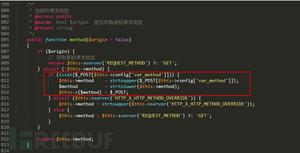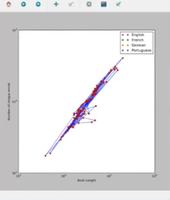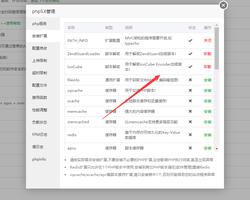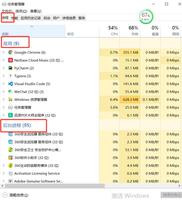如何在Python中进行热编码?
我有一个80%分类变量的机器学习分类问题。如果要使用一些分类器进行分类,是否必须使用一种热编码?我可以在没有编码的情况下将数据传递给分类器吗?
我正在尝试进行以下功能选择:
我读了火车文件:
num_rows_to_read = 10000train_small = pd.read_csv("../../dataset/train.csv", nrows=num_rows_to_read)
我将类别特征的类型更改为“类别”:
non_categorial_features = ['orig_destination_distance', 'srch_adults_cnt',
'srch_children_cnt',
'srch_rm_cnt',
'cnt']
for categorical_feature in list(train_small.columns):
if categorical_feature not in non_categorial_features:
train_small[categorical_feature] = train_small[categorical_feature].astype('category')
我使用一种热编码:
train_small_with_dummies = pd.get_dummies(train_small, sparse=True)问题是,尽管我使用的是坚固的机器,但第3部分经常卡住。
因此,没有一种热编码,我就无法进行任何特征选择来确定特征的重要性。
你有什么建议吗?
回答:
方法1:你可以在pandas数据框上使用get_dummies。
范例1:
import pandas as pds = pd.Series(list('abca'))
pd.get_dummies(s)
Out[]:
a b c
0 1.0 0.0 0.0
1 0.0 1.0 0.0
2 0.0 0.0 1.0
3 1.0 0.0 0.0
范例2:
下面将把给定的列转换为热点。使用前缀具有多个虚拟变量。
import pandas as pddf = pd.DataFrame({
'A':['a','b','a'],
'B':['b','a','c']
})
df
Out[]:
A B
0 a b
1 b a
2 a c
# Get one hot encoding of columns B
one_hot = pd.get_dummies(df['B'])
# Drop column B as it is now encoded
df = df.drop('B',axis = 1)
# Join the encoded df
df = df.join(one_hot)
df
Out[]:
A a b c
0 a 0 1 0
1 b 1 0 0
2 a 0 0 1
方法2:使用Scikit学习
给定具有三个特征和四个样本的数据集,我们让编码器找到每个特征的最大值,并将数据转换为二进制的一键编码。
>>> from sklearn.preprocessing import OneHotEncoder>>> enc = OneHotEncoder()
>>> enc.fit([[0, 0, 3], [1, 1, 0], [0, 2, 1], [1, 0, 2]])
OneHotEncoder(categorical_features='all', dtype=<class 'numpy.float64'>,
handle_unknown='error', n_values='auto', sparse=True)
>>> enc.n_values_
array([2, 3, 4])
>>> enc.feature_indices_
array([0, 2, 5, 9], dtype=int32)
>>> enc.transform([[0, 1, 1]]).toarray()
array([[ 1., 0., 0., 1., 0., 0., 1., 0., 0.]])
以上是 如何在Python中进行热编码? 的全部内容, 来源链接: utcz.com/qa/417506.html







